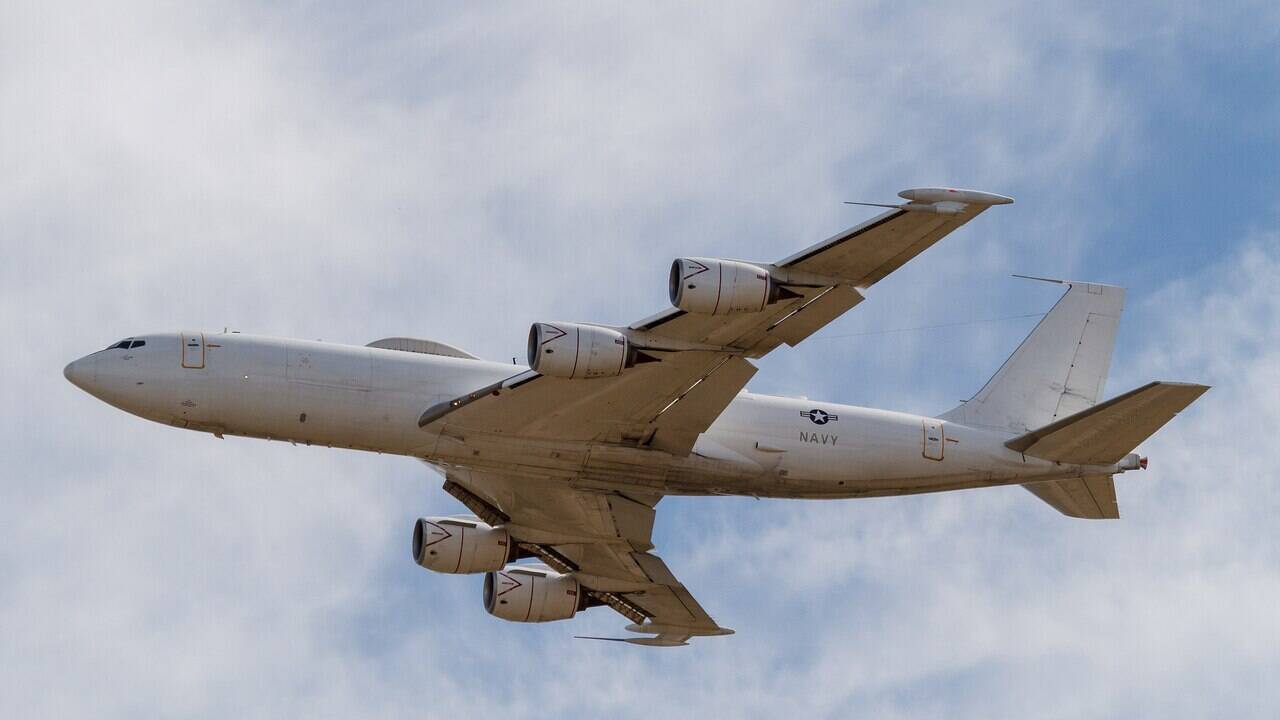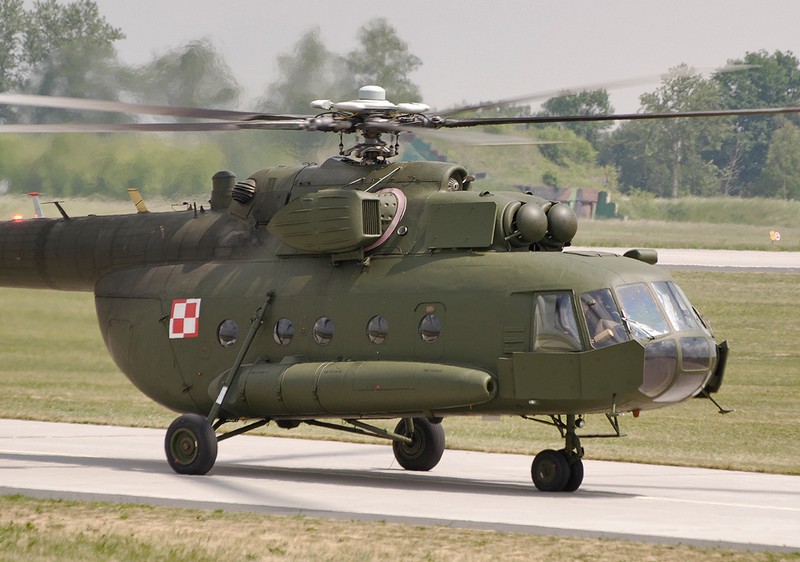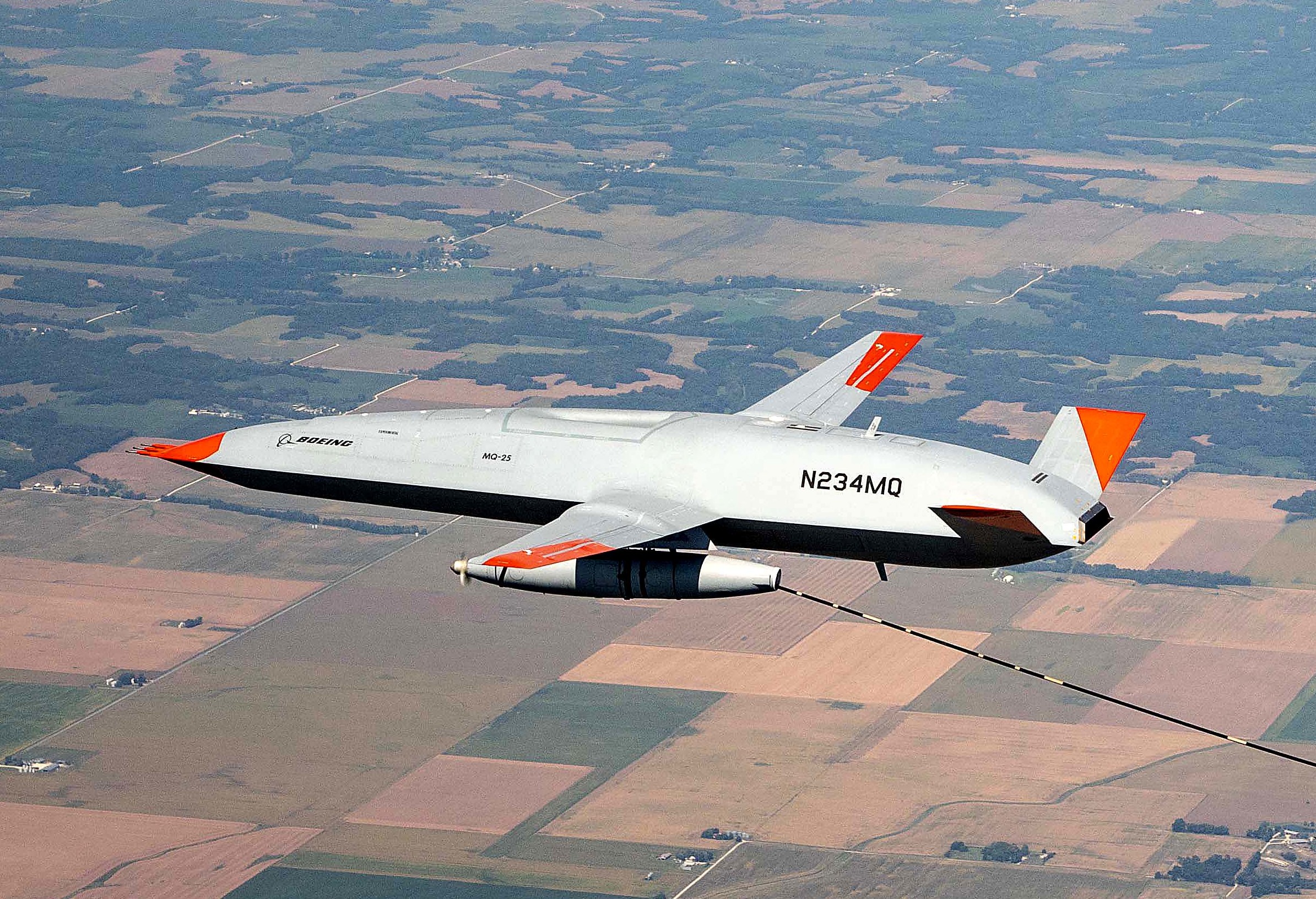
US Strategic Command Aircraft Modernization
The US Air Force operates four Boeing E-4B Nightwatch aircraft that operate as the US Government Air Traffic Control Center (NEACP).
Both the Air Force and the US Navy have programs to modernize aircraft at nuclear control centers. The US Air Force plans to replace its fleet of four Boeing E-4B Nigthwatch aircraft with a platform of similar size and performance. The US Navy, in turn, wants to implement the properly adjusted Lockheed Martin C-130J-30, which should replace a fleet of sixteen Boeing E-6B Mercury aircraft in the future.
The aforementioned facilities are strategically important aircraft, allowing communication in the event of the destruction or elimination of US ground decision-making centers. They should allow government authorities - the president or members of the US government (NCA - National Command Authority) to survive - during a nuclear conflict. Thanks to both platforms, the US authorities can give appropriate orders for intercontinental ballistic missiles located in underground mines, strategic bombers with nuclear warheads and ballistic missile submarines.
Operations "Through the Looking Glass" and "Night Watch"
In February 1961, the Strategic Air Command (SAC) launched Operation Through the Looking Glass. Its purpose was to keep airborne amphibious aircraft performing the functions of a command and control center for nuclear forces (ABNKP - Airborne Command Post). Six Boeing KC-135A Stratotanker refueling aircraft were selected for this mission, designated EC-135A. Initially, they functioned only as flying radio relay stations. However, already in 1964, 17 EC-135C aircraft were put into service. These were special ABNCP platforms equipped with the ALCS (Airborne Launch Control System) system, which allows remote launching of ballistic missiles from ground-based launchers. In the following decades of the Cold War, SAC command used a number of different ABNCP aircraft to conduct Operation Through the Looking Glass, such as the EC-135P, EC-135G, EC-135H and EC-135L.
In the mid-60s, the Pentagon launched a parallel operation called Night Watch. Its purpose was to maintain the combat readiness of aircraft serving as the air traffic control centers of the President and the executive branch of the country (NEACP - National Emergency Airborne Command Post). In the event of any crisis, their role was also to evacuate the president and members of the US government. Three KC-135B tankers modified according to the EC-135J standard were selected to carry out NEACP tasks. In the early 70s, a program was launched to replace the EC-135J aircraft with a newer platform. In February 1973, Boeing received a contract to supply two modified Boeing 747-200B airliners, designated E-4A. E-Systems received an order for avionics and communications equipment. In 1973, the US Air Force purchased two more B747-200Bs. The fourth was equipped with more modern equipment, incl. satellite communications antenna of the MILSTAR system and therefore received the designation E-4B. Finally, by January 1985, all three E-4As were similarly upgraded and also designated E-4B. The choice of B747-200B as the Night Watch platform allowed the creation of government and control centers with a high degree of autonomy. E-4B can take on board, in addition to the crew, about 60 people. In case of an emergency, up to 150 people can be accommodated on board. Due to the ability to take fuel in the air, the flight duration of the E-4B is limited only by the consumption of consumables. They can stay in the air without interruption for up to several days.
In early 2006, there was a plan to phase out all E-4Bs to begin within three years. In search of half the savings, the Air Force also suggested that only one example could be withdrawn. In 2007, these plans were abandoned and a gradual modernization of the E-4B fleet began. According to the US Air Force, these aircraft can be safely operated no longer than 2038.
An E-4B being refueled by a Boeing KC-46A Pegasus tanker aircraft. You can clearly see the significant difference in the size of both structures.
Mission TAKAMO
In the early 60s, the US Navy began a program to introduce an on-board communications system with ballistic missile submarines called TACAMO (Take Charge and Move Out). In 1962, tests began with the KC-130F Hercules refueling aircraft. It is equipped with a very low frequency (VLF) radio frequency transmitter and an antenna cable that unwinds during flight and terminates in a cone-shaped weight. It was then determined that in order to obtain optimal power and transmission range, the cable should be up to 8 km long and be towed by an aircraft in a nearly vertical position. The aircraft, on the other hand, must make an almost continuous circular flight. In 1966, four Hercules C-130Gs were modified for the TACAMO mission and designated EC-130G. However, this was a temporary solution. In 1969, 12 EC-130Qs for the TACAMO mission began to enter service. Four EC-130Gs have also been modified to meet the EC-130Q standard.

